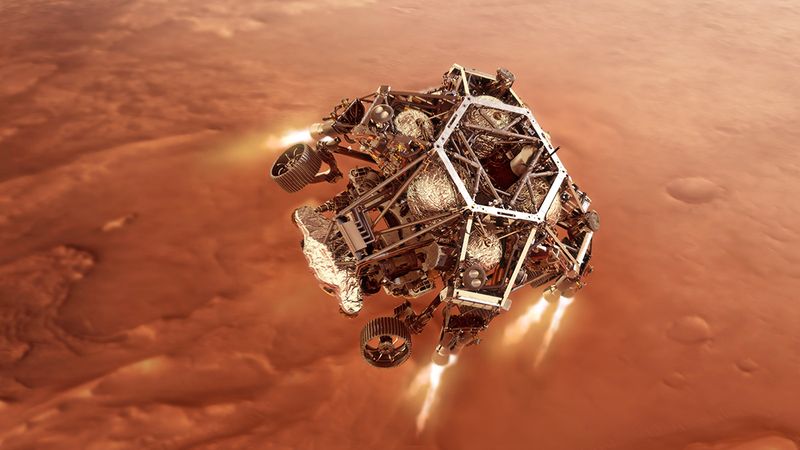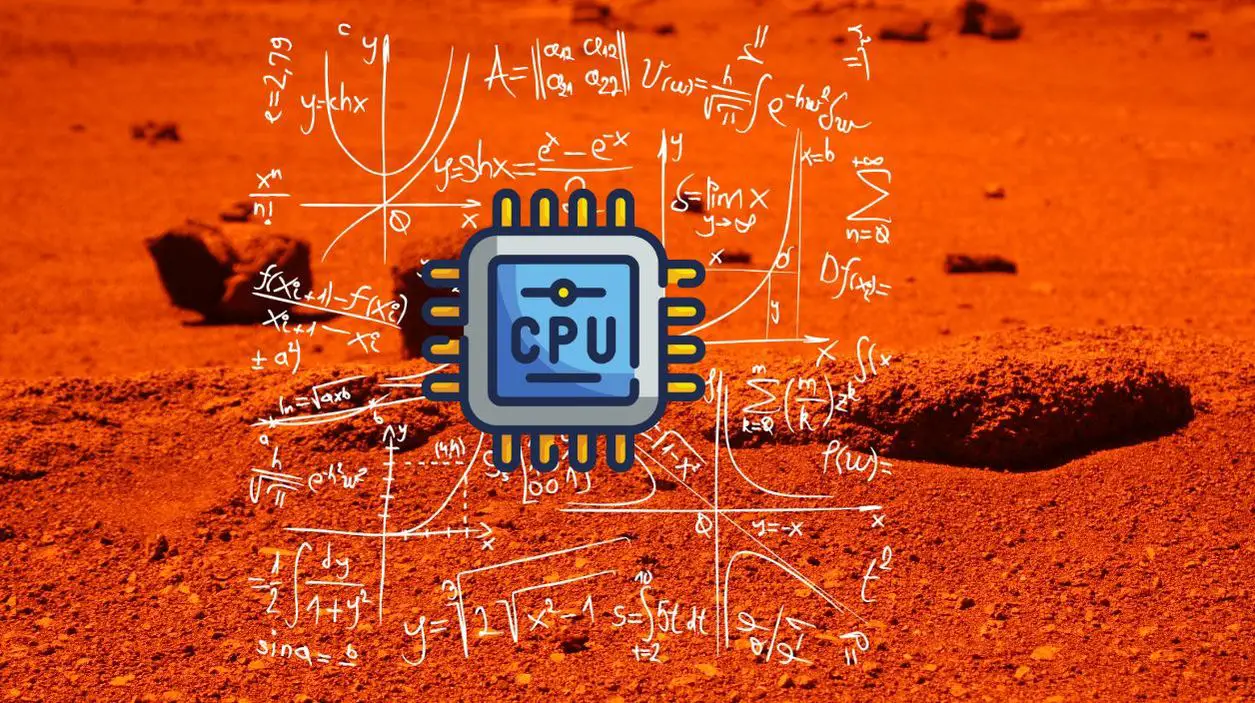NASA’s Perseverance rover has less processing power than an old cell phone. During the last week, NASA’s new rover has been the great protagonist of the media. We have once again reached Mars, this time to find signs of life, and we have done so with a much more complete and larger rover than the previous ones.
Still, if you think that of the $2.4 billion invested in the mission, much of it went to the processor and RAM, you’re wrong.
NASA’s Perseverance rover runs on an old chipset that gives it about the same processing power as a 1998 iMac. It has 256MB RAM and 2GB storage, with a 200MHz processor, which is ridiculous compared to a new cell phone with 8GB of RAM and processors 10 times more powerful. The original Apple Watch, for example, has 512MB RAM and 8GB storage, with a 520MHz processor.

But it all makes sense. Space engineers tend to use computer components that have been proven for many years for maximum reliability. They can’t risk having a brand new processor and then problems in two years, they need to use processors and circuitry that have been running smoothly for decades.
And it’s not just the rover, the Ingenuity helicopter aboard Perseverance is also very retro, using a surprisingly archaic processor called the Qualcomm Snapdragon 801, used in smartphones from the mid-2010s, including the Samsung Galaxy S5, LG G3, and HTC One M8.
What are sophisticated are the rover’s tools. 23 cameras, systems for landing, navigation, and mineral analysis… they don’t need the latest processor to function properly.
It also has advanced communication tools to transmit information back to Earth as it explores the Martian surface, and managing them does not require the latest processor. The rover is not going to play complex games or perform advanced calculations, it simply gets the information and lets the engineers on Earth-process it.





